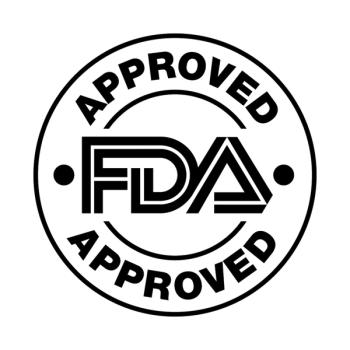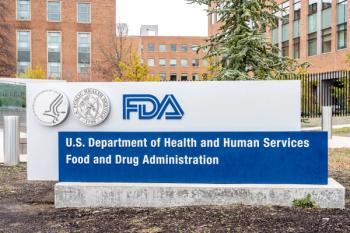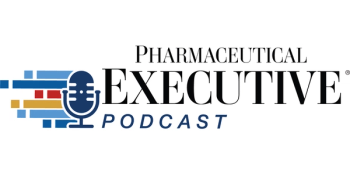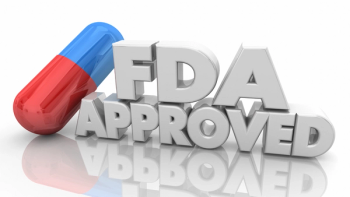
Good news for HIV/AIDS patients
Increasing use of combination therapies is driving growth in the U.S. HIV/AIDS market and lowering the number of AIDS-related deaths, according to recent research by New York-based Datamonitor.
Increasing use of combination therapies is driving growth in the U.S. HIV/AIDS market and lowering the number of AIDS-related deaths, according to recent research by New York-based Datamonitor.
According to the study, "Market Dynamic Global Opportunities in HIV to 2010," combination therapy is being prescribed more often despite its higher costs per patient. Increased use of highly effective drug cocktails is boosting the growth of the HIV/AIDS market while the Centers for Disease Control reports that the number of AIDS-related deaths in the United States dropped by 23% in 1996, the first decrease ever.
Protease inhibitors, one ingredient in the popular drug cocktails, have enjoyed considerable gains in sales, both globally and in the United States. Glaxo Wellcome's Combivir (lamivudine/AZT) demonstrated rapid growth in the first half of 1998, for example.
In the U.S., Datamonitor reports such therapies drove growth 195.7% in 1997 to almost $1 billion. The market research firm's analysts predict that protease inhibitors will "continue to take an increasing share of the HIV therapy market by value to 2002." Growth, they indicate, should be strongest in the late 1990s.
Factors behind the growth include more common treatment of HIV-infected patients (who have not yet developed AIDS) with protease inhibitors, and the increasing prevalence of the disease. Furthermore, because the mortality rate should continue to drop, the number of patients on long-term therapy will rise, making AIDS more of a chronic disease.
As a result, new problems will develop in the cost and treatment of AIDS and HIV.
"The cost of maintaining patients using combination therapies will therefore increase as more people need the therapies for longer," said Patrick Taaffe, analyst for Datamonitor. "Resistance to drugs is expected to become more of a problem in individual patients, and with increasing numbers of patients on combination therapies, cases of resistance will appear more frequently."
In addition, patients in long-term AIDS therapy who can maintain viral suppression will begin to experience compliance problems, the analysts predict. As the symptoms of their disease become less noticeable, but the side effects of their medications continue, they may grow lax in maintaining their already difficult drug regimens. For this reason, the analysts say, commercial research into newer therapies and vaccines will continue and, consequently, drive future growth. PR
Newsletter
Lead with insight with the Pharmaceutical Executive newsletter, featuring strategic analysis, leadership trends, and market intelligence for biopharma decision-makers.





